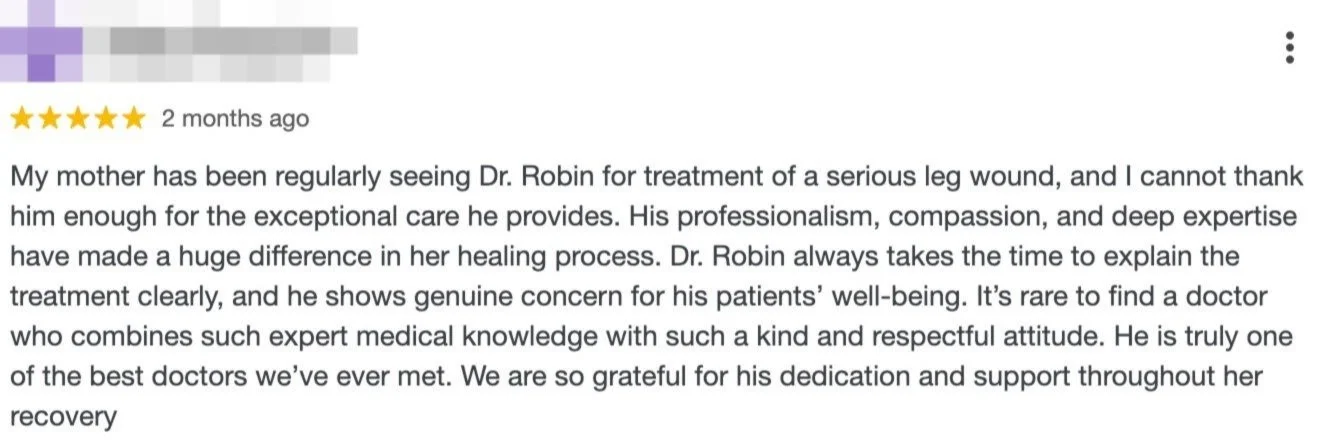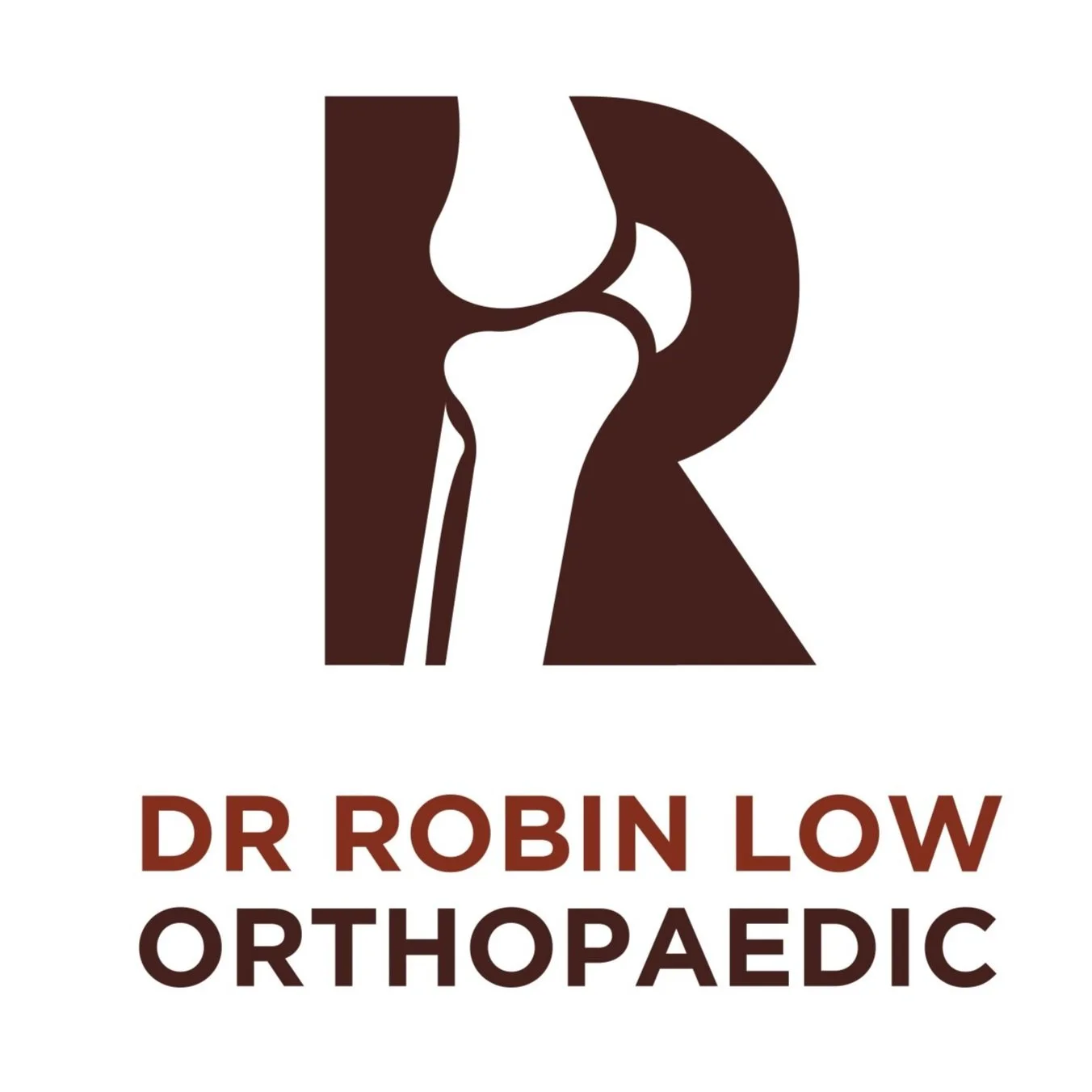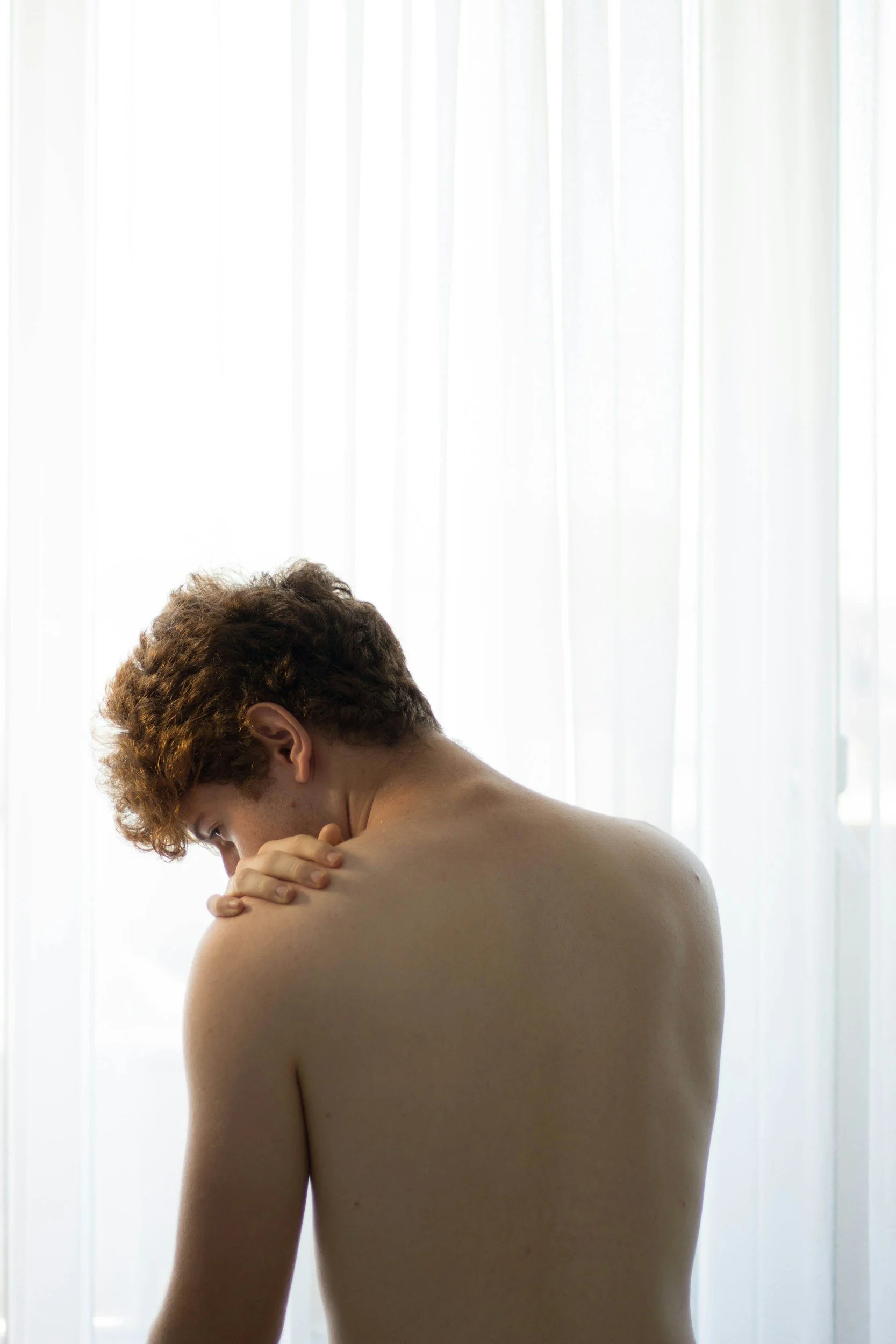
About Dr Robin Low
Dedicated to Keeping You Active, Pain-Free, and Performing at Your Best
As a Consultant Orthopedic Surgeon specializing in sports injuries, my mission is to help athletes and active individuals recover efficiently and return to peak performance. Whether you’re dealing with an ACL tear, rotator cuff injury, meniscus damage, or chronic joint pain, I offer personalized treatment plans designed to restore function, enhance mobility, and prevent future injuries.
QUALIFICATIONS:
MBBS (MAHE), MRCS (Edinburgh), CMIA (NIOSH)
Master of Orthopaedic Surgery (UM)
Special Interest in Arthroscopy & Sports Surgery
FIFA Diploma in Football Medicine
Fellowship in Shoulder & Elbow Surgery (South Korea)
Fellowship in Pain Management (India)
Certificate in Clinical Wound Care (Malaysia)
Common Orthopaedic Conditions
-
![]()
ANKLE
Achilles' tendonitis
Arthritis
Diabetic foot
Plantar fasciitis (foot pain)
-
![]()
ELBOW
Elbow dislocation
Golfer's elbow (medial epicondylitis)
Tennis elbow (lateral epicondylitis)
Rheumatoid arthritis
-
![]()
HAND & WRIST
Carpal tunnel syndrome
De Quervain's tenosynovitis
Ganglion cysts
Trigger finger
Wrist ligament injury
Rheumatoid arthritis
Osteoarthritis
Raynaud's disease
-
![]()
HIP
Osteoarthritis
Osteoporosis
Hip bursitis
Hip dislocation
-
![]()
KNEE
Anterior cruciate ligament (ACL) injury
Posterior cruciate ligament (PCL) injury
Chondromalacia patellae (CMP)
Medial collateral ligament (MCL) injury
Lateral collateral ligament (LCL) injury
Meniscus tear
Knee bursitis
Knee osteoarthritis (locked knee)
Osteoporosis
Patellar tendonitis (jumper's knee)
-
![]()
SHOULDER
Frozen shoulder
Rotator cuff injury
Shoulder dislocation
Shoulder instability
Osteoarthritis
-
![]()
SPINE
Intervertebral disc prolapse
Spondylosis
Ankylosing spondylitis
Scoliosis
Slipped disc (herniated disc)
Spondylolisthesis (misaligned backbone)
Lumbar spinal stenosis
Sciatica (pinched nerve)

GOOGLE REVIEWS

GOOGLE REVIEWS

GOOGLE REVIEWS

GOOGLE REVIEWS

GOOGLE REVIEWS

GOOGLE REVIEWS

GOOGLE REVIEWS

GOOGLE REVIEWS

GOOGLE REVIEWS

GOOGLE REVIEWS

GOOGLE REVIEWS

GOOGLE REVIEWS

GOOGLE REVIEWS

GOOGLE REVIEWS

GOOGLE REVIEWS

GOOGLE REVIEWS

GOOGLE REVIEWS

GOOGLE REVIEWS

GOOGLE REVIEWS

GOOGLE REVIEWS

GOOGLE REVIEWS

GOOGLE REVIEWS
Have a Question?
Get in touch with Dr. Robin !





























